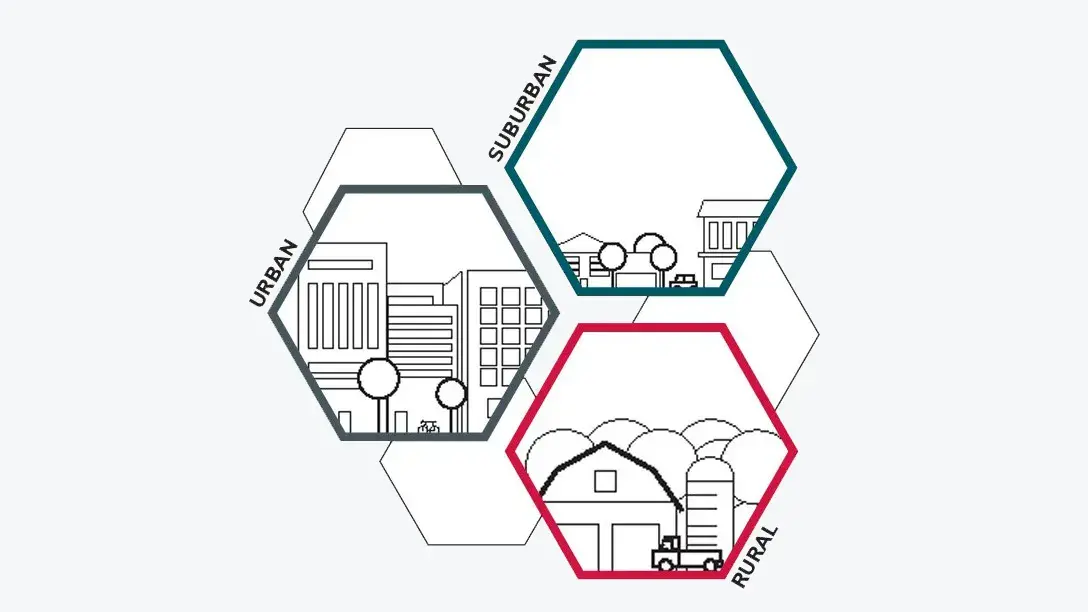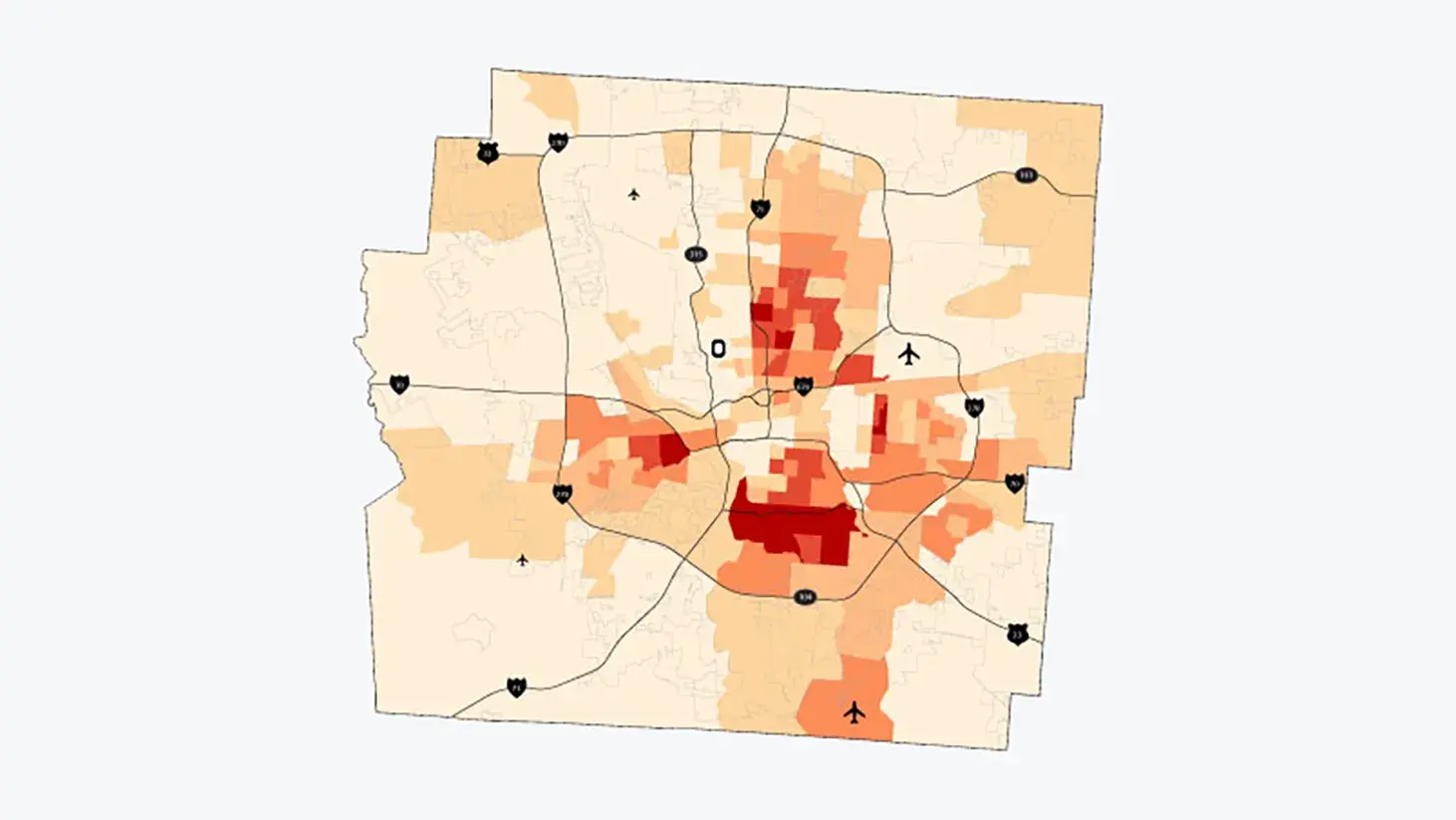The Color of Wealth in Miami
The Color of Wealth in Miami
Why do we care about differences in how much wealth a person or family has? Because wealth is generally more stable than income, it can provide a store of resources that gives families security during emergencies and allows them to secure advantages that foster the well-being of the next generation.

Sir John Hotel, a night club in Overtown, May 11, 1962.
With the support of the Ford Foundation, The Kirwan Institute partnered with Duke University’s Samuel DuBois Cook Center and Insight Center for Community Economic Development to disaggregate financial data to reveal vast gaps in wealth accumulation in the Miami, Florida area.
The models used to assess the value of homes rely heavily on the sales prices in the “neighborhood” in which the home sits. Such models are used in both individual home sales (where someone buys your home or you buy theirs) as well as in the kinds of mass appraisals that government agencies must use to calculate property tax assessments. Kirwan looked at data that included both kinds of property tax situations, and included when homes are appraised, reappraised, or reassessed, which typically occurs under a specific set of conditions.
Category of Opportunity
- Generational Wealth
Median Household Wealth
- -$3k median wealth for Puerto Rican households
- $107k median wealth for White households
Key Findings
Franklin County’s home value gap grew by 14%. Low-income and Black-majority neighborhoods in Franklin County are consistently overvalued for taxes compared to White-majority areas, exacerbating wealth gaps, while inconsistent property grading practices embed additional racial disparities.
Systematic bias in appraisal processes contribute to a cross-generational wealth gap based on where we live: Subjectivity in data collection, grading, and appraisal valuations fuels both class and racial disparities, with higher home valuation growth favoring majority White neighborhoods over time.
The tax adjustment system isn’t accessed by all: Tax assessments are mostly challenged by those with the time, knowledge, and money to do so. Low-income and Black-majority homeowners are underrepresented in tax adjustment claims, while investors and high-income property owners disproportionately benefit from property tax adjustments.
Reappraisal disparities combine with tax adjustment claims to make vulnerable populations even more vulnerable: Property tax delinquency rates spike following reappraisals, which disproportionately affects vulnerable populations who have fewer resources to pay higher bills and can’t easily seek tax adjustments.
Related Research

2024-2025 Ohio Urban-Suburban-Rural Opportunity Index Report
The USR Index guides OHFA tax credits to improve affordable housing access across Ohio’s diverse communities.

Franklin County Auditor Report: Investigating The Appraisal Process (2021)
A study with Franklin County shows racial disparities in home appraisals.